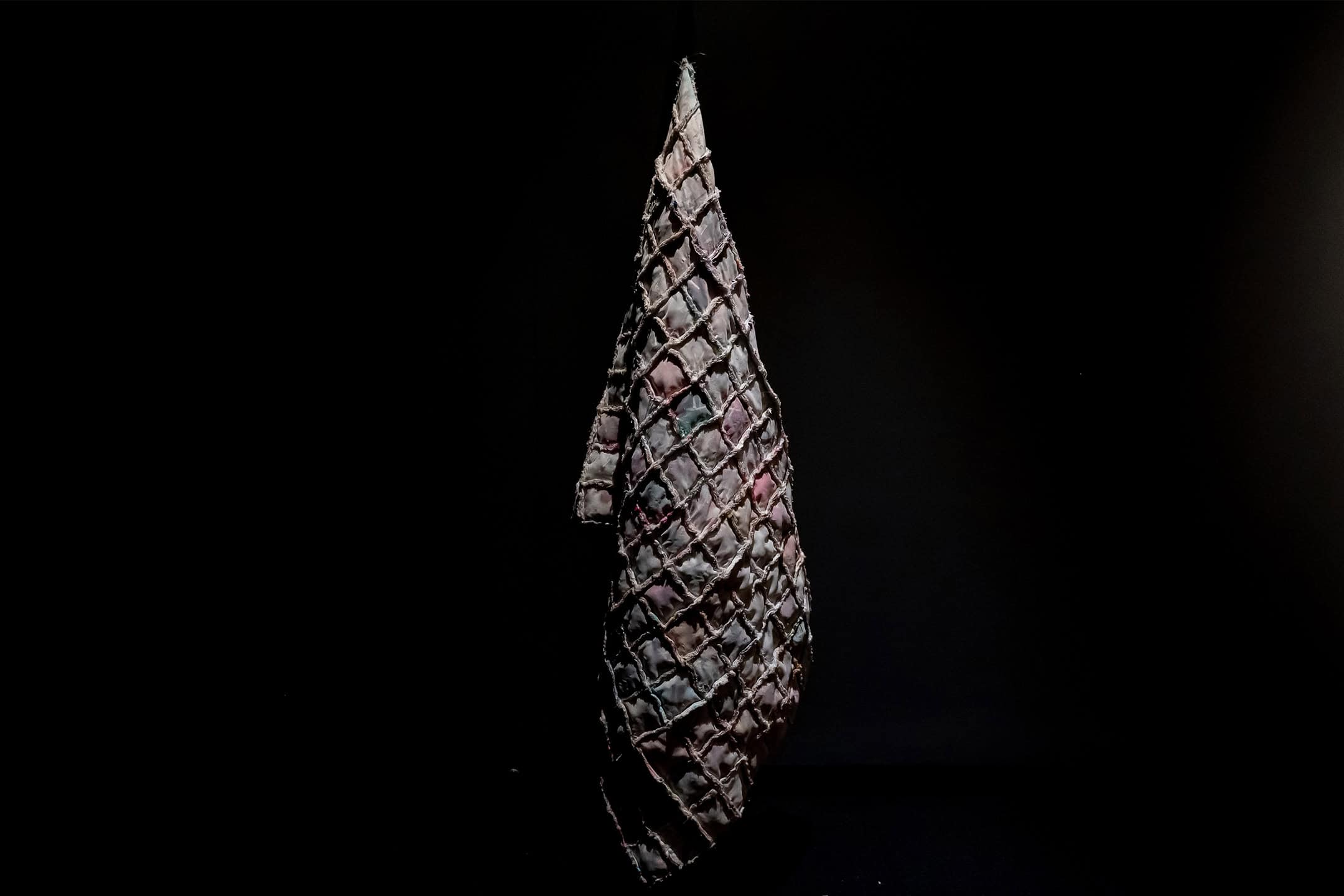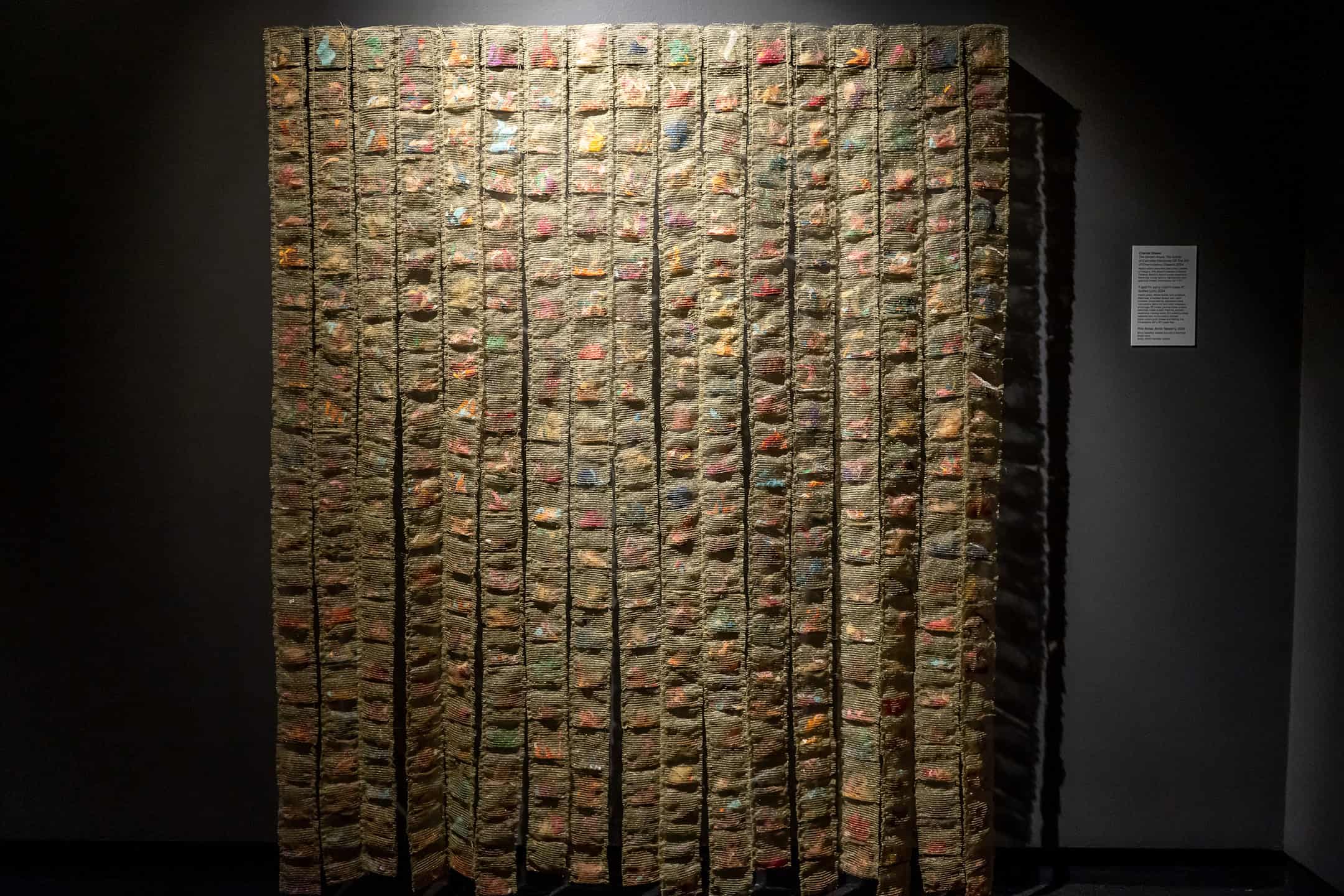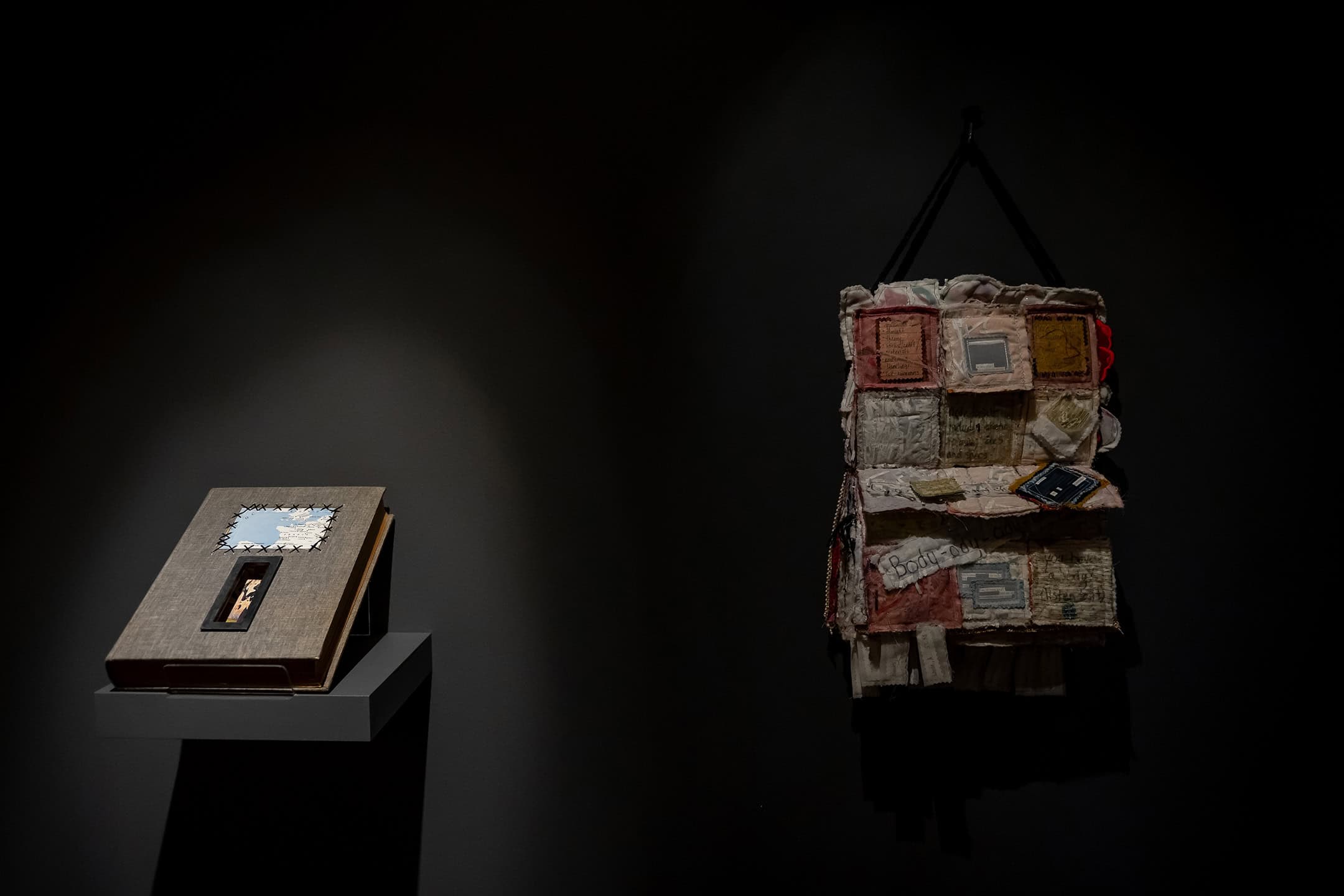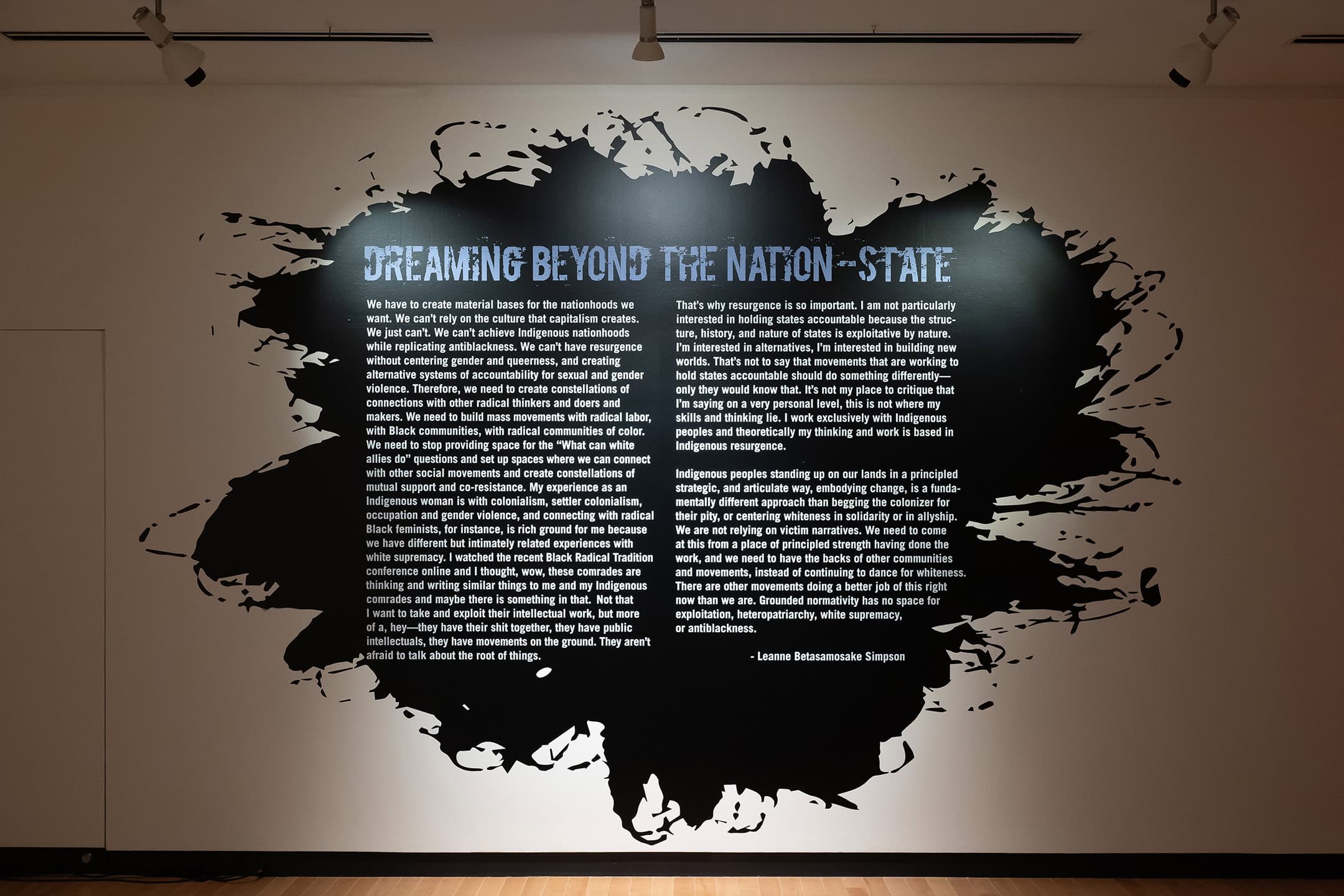Intriguing sounds, short movie snippets played on loop, and a sensory experience with interactive installations: all being offered at the exhibition at the Art Museum at U of T’s most recent exhibition, called Labour.
On September 4, the opening reception of Labour launched the exhibition for the public. Curated by Ingrid Jones, Labour is a group exhibition featuring works by eight artists of varied practices, studying the historical discrimination that colonized communities have been subjected to through the “lens of Blackness and Indigeneity.”
The exhibition challenges the oppressiveness of the institutional racial power hierarchy upon its inhabitants, shedding light on the invisible labour that they perform to uphold this system even as they are simultaneously scorned and disregarded by it.
In an interview with The Varsity, Jones shared that the inspiration for the exhibition’s thesis was drawn from lived experiences and American poet Claudia Rankine’s work. “Many [BIPOC] endure systemic discrimination within institutions, a frustration and exhaustion we share,” she said.
When discussing Rankine’s 2014 poem series Citizen: An American Lyric, Jones confessed to being drawn to Rankine’s acknowledgment of the unseen labour that BIPOC must perform in order to comfortably exist under the historical context of colonization in the present.
Labour includes diverse artistic practices in the installations, which range across digital art, sonar design, and sculptures. Visitors walking through the exhibition will garner a fulfilling, sensory-rich experience thanks to the diversity of practices in the exhibition.
Visitors will first encounter a small couch situated opposite an older-model CRT TV in the middle of a dimly lit room. The setting is an engaging short video, a compilation of documentary tapes capturing the life of a community living under colonialism alongside blocks of text on blank backgrounds to support the narrative of this piece. Viewers can fully immerse themselves into this piece and feel the discomfort that it initiates to reflect on its historical context.
Each work is carefully curated in its own space to allow the audience to focus on each piece individually. The next piece includes eight TVs installed at eye level in a curve inside the dark room. There are repeated videos of a woman preparing food at different stages in the kitchen, with close-ups of her grating, cutting, and grinding. The audio of her actions create an overwhelmingly sensory experience for the listener, which translates into an energy of defiance in the labour that this woman is performing: forcing viewers to challenge the conventional narrative of women as home-makers, and womanhood as a call to service.





Labour ranges across digital art, sonar design, and sculptures. COURTESY OF DOMINIC CHAN
There is also a carefully curated mini library with bookshelves filled with autobiographies and novels written by BIPOC authors. The space is well-lit with cozy yellow lights, which contrasts against other areas in the gallery. Visitors are encouraged to physically interact with the books by highlighting or leaving notes on sentences that they find interesting. Additionally, there is a long wooden table in the middle of the library, full of neatly arranged kitchen utensils. Headphones installed around the table invite people to take a break, sit down, and carefully listen to the audio in order to better understand the setting.
A separate room is painted in bright orange with an LCD screen in the middle. Labour also has a curated interactive zone where visitors can touch textile artworks to engage better with the conversation that the artists are communicating.
Jones told The Varsity that she hopes that this exhibition will be a common space where the BIPOC community can feel “seen and heard” and be able to resist the violence of systematic discrimination. For non-BIPOC visitors, Labour is a space to learn and find some understanding in the perspectives of colonized people. Overall, Labour is a community-oriented exhibition where people can better understand the contemporary relations of discrimination and the resulting power system within the context of the history of colonization.



No comments to display.